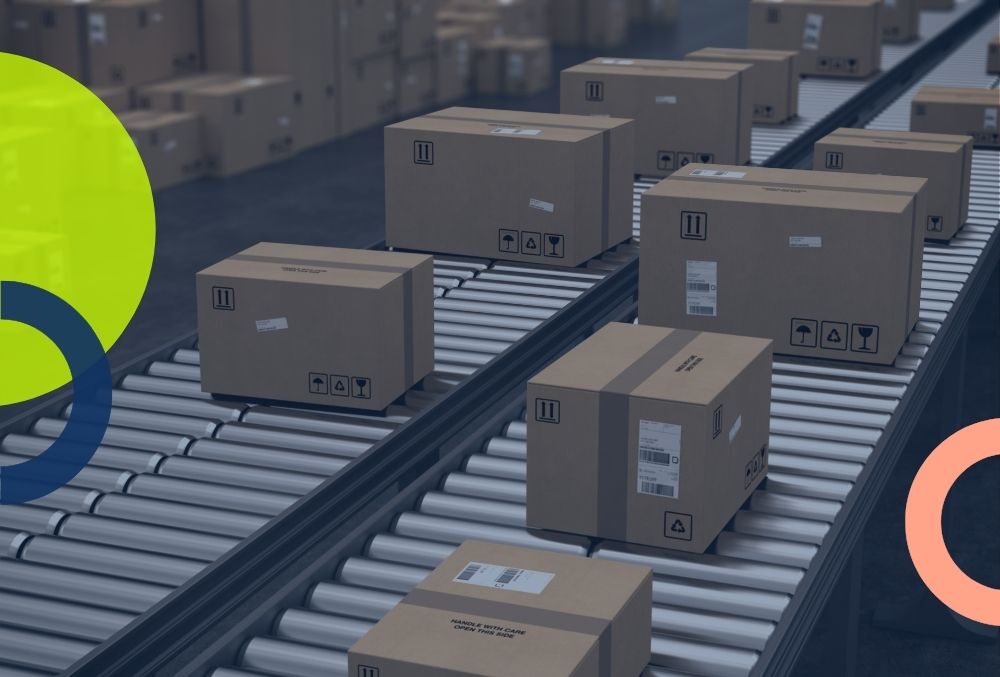How to Use Lead Time For Your D2C Supply Planning

Small and medium-sized companies that sell products on the Internet generally prefer intermediary sites that charge a commission from them. Although this is a facilitating situation in terms of finding customers quickly, it is an undesirable situation in terms of the profitability of the company. Because the commission to be paid to the intermediary goes from the earnings of the company. In this case, the marketing method called D2C stands out.
This concept, which refers to the elimination of intermediaries and offering products to customers directly by the company, has come to the fore in the field of e-commerce in recent years. However, for companies that adopt the D2C marketing method, accurate lead time planning is of great importance. Possible disruptions in the delivery period may cause the customer's attitude towards the business to become negative or not to choose to operate in the next orders. For this reason, businesses that move to the D2C marketing method by eliminating intermediaries or are considering doing so should not ignore the lead time element.

What Is Lead Time and Why Is It Important?
Although businesses that only manufacture or make both production and sales seem to be operating in one activity, they actually perform more than one activity in a planned and sequential manner. Problems that occur in any link of this chain of activities may cause the main activity of the enterprise to be completely disrupted. Lead time is also one of the most important links in the chain of activities. The time from the moment the demand for a product is formed to reaching the final consumer is called the lead time. Lead time is not the moment when production begins physically; is the moment when production is decided.
The enterprise must start production as soon as the demand for production occurs and must deliver the product at the end of the specified period. The prolongation of the production process and delay in delivery is a situation that primarily causes the costs of the business to increase. In this case, production costs increase and the wastage in the production process increases. Apart from this, attention should be paid to the lead time of the orders in order to ensure customer satisfaction and to have a positive image of the company. All activities of an enterprise are dependent on each other. Therefore, a malfunction in the lead time also causes other processes to be disrupted.
You may also like: How to Create Gantt Chart for Production Planning?
What Is Lead Time In Supply Chain Management?
The lead time of a product has an important place in the supply chain. This concept is perhaps the most important link in the supply chain. Because it is not possible to talk about the fact that the supply process has taken place before a product is delivered. The number of factors that are effective in determining the lead time is quite high. Although the transportation and shipping sectors have experienced great development in recent years and delivery speeds have increased; The preparation or processing of the product to be delivered, the time lost at customs or control points, and many similar reasons can be experienced without problems.
Disruptions that will occur during the delivery period also mean loss of revenue for the company. However, it is not advantageous to constantly store large quantities of products in order to be able to deliver immediately. As can be understood, storage, shipping and lead time are extremely sensitive issues. Therefore, it is important that all of them are well optimized and all factors affecting the process are taken into account.

What Is The Formula For Lead Time?
There is a formula used to calculate the lead time. However, reordering delays must also be taken into account before applying this formula. Accordingly, the lead time consists of the sum of the supply delay and the reorder delay. The most basic step to be taken after the lead time is calculated is to reduce this time to the lowest levels. Because the long lead time makes it necessary to store more products and this causes the storage costs to increase. In addition, the long lead time is a negative situation in terms of shipping costs. Another negative effect of the long lead time is that it causes anxiety for those who want to order. Long lead time makes individuals or other businesses hesitant about ordering.
How Do You Reduce Lead Time In Your Supply Chain?
The necessity to shorten the lead time is an indisputable reality. How to do this is one of the basic questions of many businesses. Some of the things to do for shorter lead time are:

Reducing Order Volume and Increasing Frequency
Large orders require more time in terms of both preparation and delivery, leading to prolongation in lead time. To overcome this situation, reducing delivery volumes and increasing delivery frequency is an important method. or companies to have access to the product continuously; it also helps to eliminate large amounts of product storage costs and shorter lead time in terms of the supplier business.
Transition to Smart Solutions in Inventory Management
It is also important to get help from smart technologies during the creation of orders, counting the products in the warehouse, and planning the delivery for the orders. Traditional manual methods keep businesses cumbersome in terms of lead time.
Strengthening Communication with Customers and Suppliers
One of the easiest ways to eliminate uncertainty in lead time is to strengthen communication with suppliers and customers. For this, it is a valuable idea to make a contract about the lead time of orders. In case of violation of this, adding some sanctions to the contract is an effective solution method.




.png)





